Cenozoic
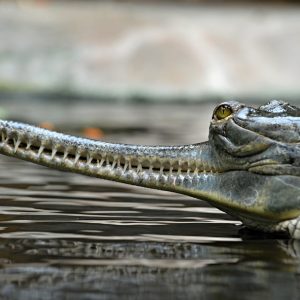
Episode 124/125: Crocodylomorph Disparity
Published on April 15th, 2021 | by David Marshall
We look at rates of evolutionary innovation in crocodiles through time with Dr Tom Stubbs... Read More →

The Triassic period is a division of earth’s history spanning from around 252 to 201 million years ago, and during which global faunas were radically reorganised in the wake of the Permian mass extinction. The climate of the Triassic was typically arid and hot. During this period, the supercontinent of Pangaea began to gradually break apart, opening the Tethys Ocean. Recovery from the Permian mass extinction lasted up to 10 million years. In the oceans, surviving invertebrates including corals, cephalopods (such as ammonites) and echinoderms began to diversify. Marine reptiles became abundant and reached colossal sizes by the end of the Triassic. On land, archosaurs, a group of reptiles including crocodilians and dinosaurs, began to flourish. Mammal-like reptiles, on the other hand, became smaller and less diverse. The end Triassic is also characterised by a mass extinction event. Around 76% of all species, including the conodonts (a successful group of jawless fish), many archosaurs (with the notable exception of dinosaurs) and large amphibians were wiped out.

Published on April 15th, 2021 | by David Marshall
We look at rates of evolutionary innovation in crocodiles through time with Dr Tom Stubbs... Read More →
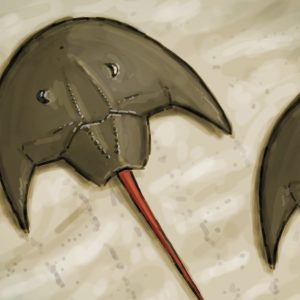
Published on July 31st, 2020 | by David Marshall
Dr Russell Bicknell joins to examine the evolutionary history of the horseshoe crabs... Read More →
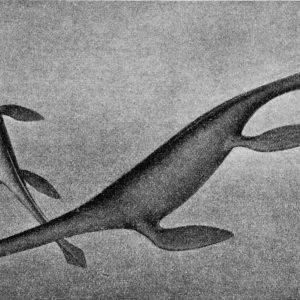
Published on March 1st, 2020 | by David Marshall
Plesiosaurs are some of the most easily recognisable animals in the fossil record. Simply uttering the words ‘Loch Ness Monster’ can conjure a reasonably accurate image of what they look like. Thanks to palaeoart, it’s also [&hellip... Read More →

Published on May 28th, 2019 | by Guest Blogger
As with most children who are fascinated by dinosaurs, Tyrannosaurus, Triceratops, and Stegosaurus were amongst the first dinosaurs I learnt of. But as I grew older, another group of dinosaurs began to pique my interest, a [&hellip... Read More →
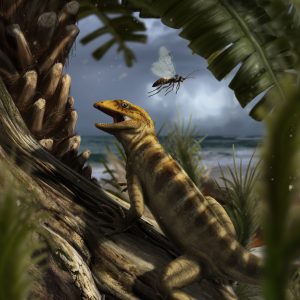
Published on May 30th, 2018 | by Liz Martin-Silverstone
Squamates are a group of reptiles that include lizards and snakes, with the earliest fossils occurring in the Jurassic, despite molecular studies dating the group back to the Triassic. The study of their origins has been [&hellip... Read More →
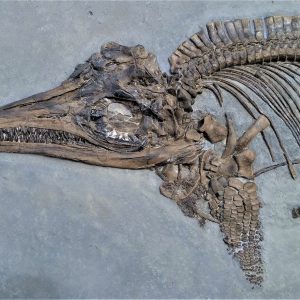
Published on January 7th, 2018 | by David Marshall
Ichthyosaurs are large marine reptiles that existed for most of the Mesozoic Era. The most familiar forms superficially represent dolphins, but some earlier ichthyosaurs were more eel like. They could attain huge proportions, with some genera [&hellip... Read More →
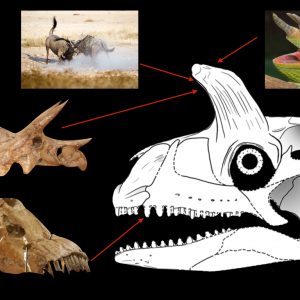
Published on August 21st, 2017 | by Chris Barker
My friends know me as a theropod fanboy, which should come to no surprise, as I am a massive cliché of a palaeontologist (unashamedly so, as theropods are beyond cool). However, give me a weird archosauromorph [&hellip... Read More →
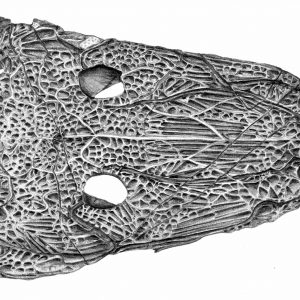
Published on June 17th, 2017 | by David Marshall
A new species of Cyclotosaur, a giant salamander-like amphibian, has been described from the Late Triassic rocks of East Greenland. Cyclotosaurs are temnospondyl amphibians, known from other Late Triassic deposits in Germany, Poland and Svalbard, but [&hellip... Read More →
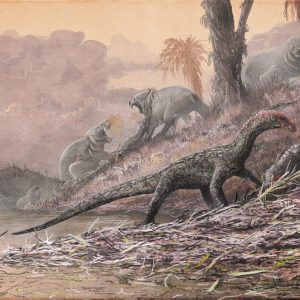
Published on April 12th, 2017 | by Liz Martin-Silverstone
We have a pretty good idea about how different dinosaur groups evolved, and how they are related (although anyone who has been following the recent dinosaur relationship shake-up knows this is not quite as clear as [&hellip... Read More →
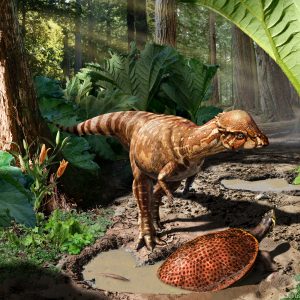
Published on October 1st, 2016 | by Liz Martin-Silverstone
The last 10 years has shown a large increase in the number of new species and new discoveries of dinosaurs, as well as the number of papers written. It seems that almost every week there is a [&hellip... Read More →